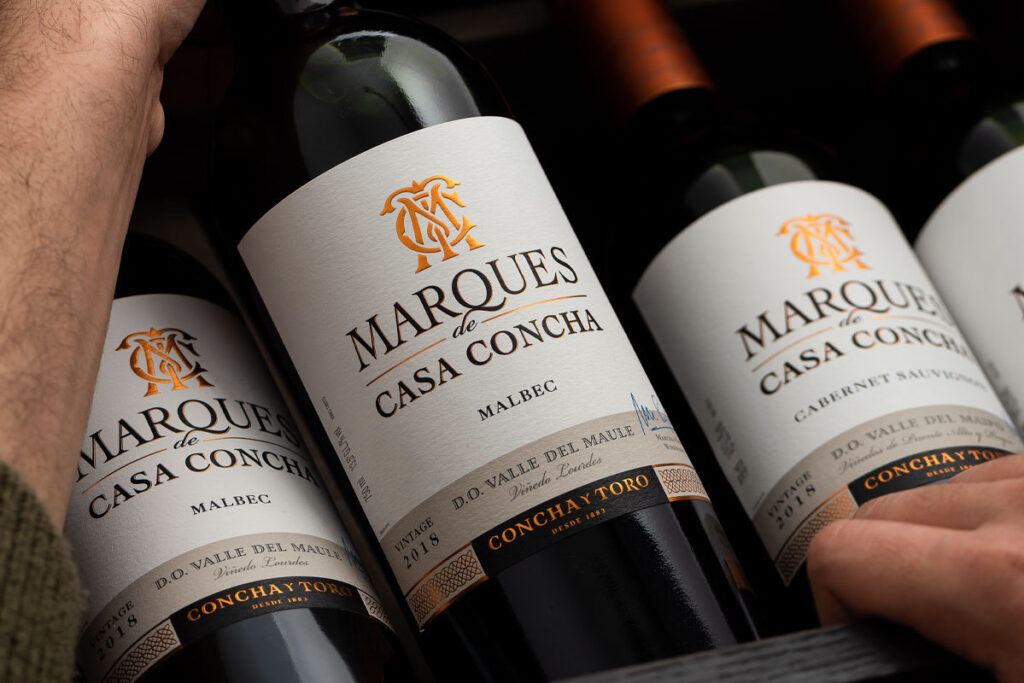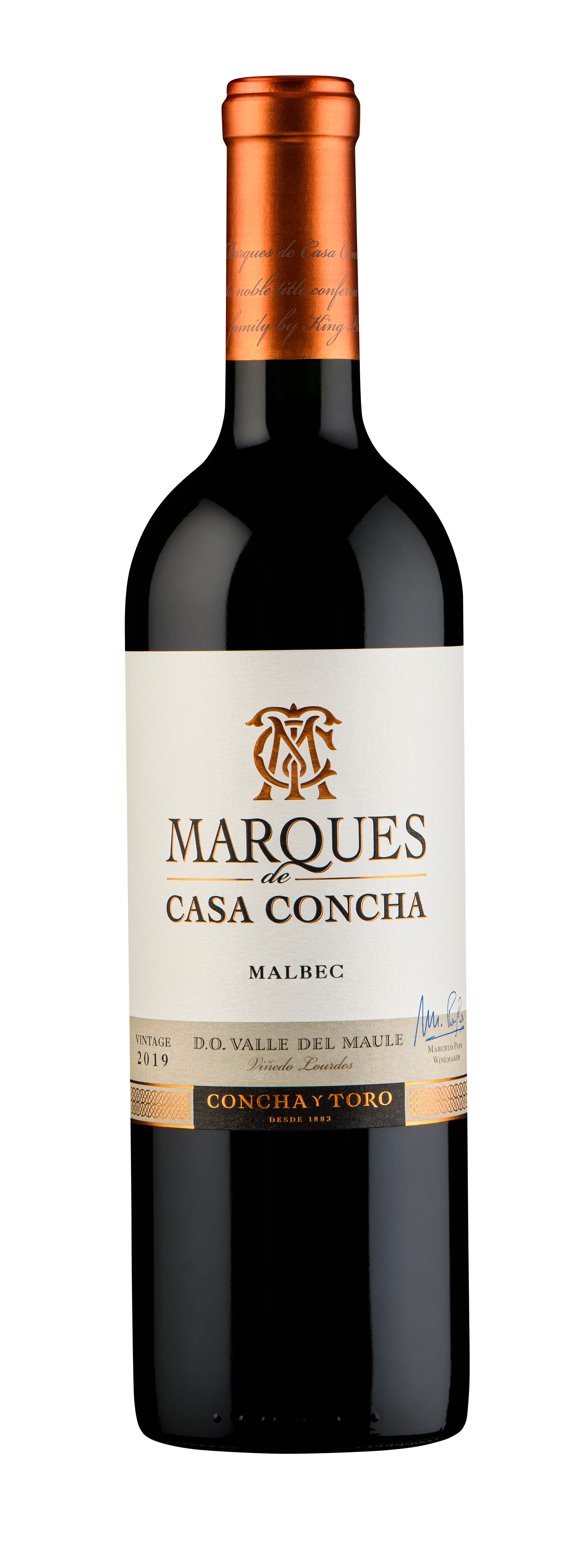There are many reasons for opening a bottle of wine. But if you are looking for the perfect excuse, this coming April 17 is World Malbec Day. We invite you to celebrate it by drinking and discovering a little more about this popular grape variety.
Today, it seems impossible to talk about Malbec without thinking of Argentina. In fact, around 75% of the world’s production of Malbec comes from Argentina. However, before it arrived in Argentina, the grape was grown mainly in France. Although it is used primarily in Bordeaux blends, its cultivation was hampered by fungi and diseases towards the end of the 19th century. Today, there are only a few French Malbecs, but they are of exceptional quality. The most well-known French Malbecs are produced in Cahors, although there are also some vineyards in Bordeaux and the Loire area.
However, the current reputation of this popular grape variety is due to its successful cultivation in Argentina, particularly in the Uco Valley of the city of Mendoza. It is also the place where, on April 17, 1853, the Quinta Agronómica launched, which received the first cuttings of this grape variety brought by the Frenchman Michel Pouget. That is why Wines of Argentina chose this date for the celebration of World Malbec Day.

Malbec is a grape variety that is known for its deep purplish-red color and is used to make wines of robust body with great acidity and juiciness. The wine made from Malbec grapes has flavors of almost jammy fruits like plum, blackberry, and black cherry, along with secondary aromas of leather, chocolate, violets, black pepper, and tobacco. The taste of Malbec wines varies greatly depending on where the vines’ location. This grape variety prefers dry climates and lots of sun and expresses the terroir very well. As a result, Malbec from Argentina tastes very different from Malbec from France and from France from California or Chile, for example.
Argentine Malbecs are grown in a sunny climate and alluvial soils, which results in robust wines with high alcohol content. These wines have fruity and floral aromas and even a hint of spiciness. On the other hand, French calcareous soils produce wines with a more rustic profile, characterized by meaty notes, good tannins, and acidity. The best way to truly understand the differences between these wines is to taste them.
An excellent example from the Uco Valley is Terrunyo Malbec, a wine that offers aromas of black fruits and spices with a floral touch and aging in oak barrels. Its persistent and velvety tannins make it an ideal companion for grilled meats. As the Argentines do so well.

Few people know that before landing in Argentina, Malbec first arrived in Santiago de Chile in the mid-1840s. In fact, more than 140-year-old vines have been in the Bio Bio Region, and although it is not an emblematic grape variety, you can find elegant examples produced in Chile. From the Maule Valley comes Marques de Casa Concha Malbec, an extremely complex wine with multiple layers of aromas dominated by sour cherries and black plums—rich minerality and structure.
Malbec pairs perfectly with lean meats, charcuterie, cheeses such as Blue, Gouda, or Manchego, and dishes with earthy notes such as grilled vegetables, mushrooms, or spices. You can choose the style of Malbec that appeals to you the most, uncork a bottle, and enjoy this rich variety.
Let’s raise a glass to Malbec Day! Cheers!






